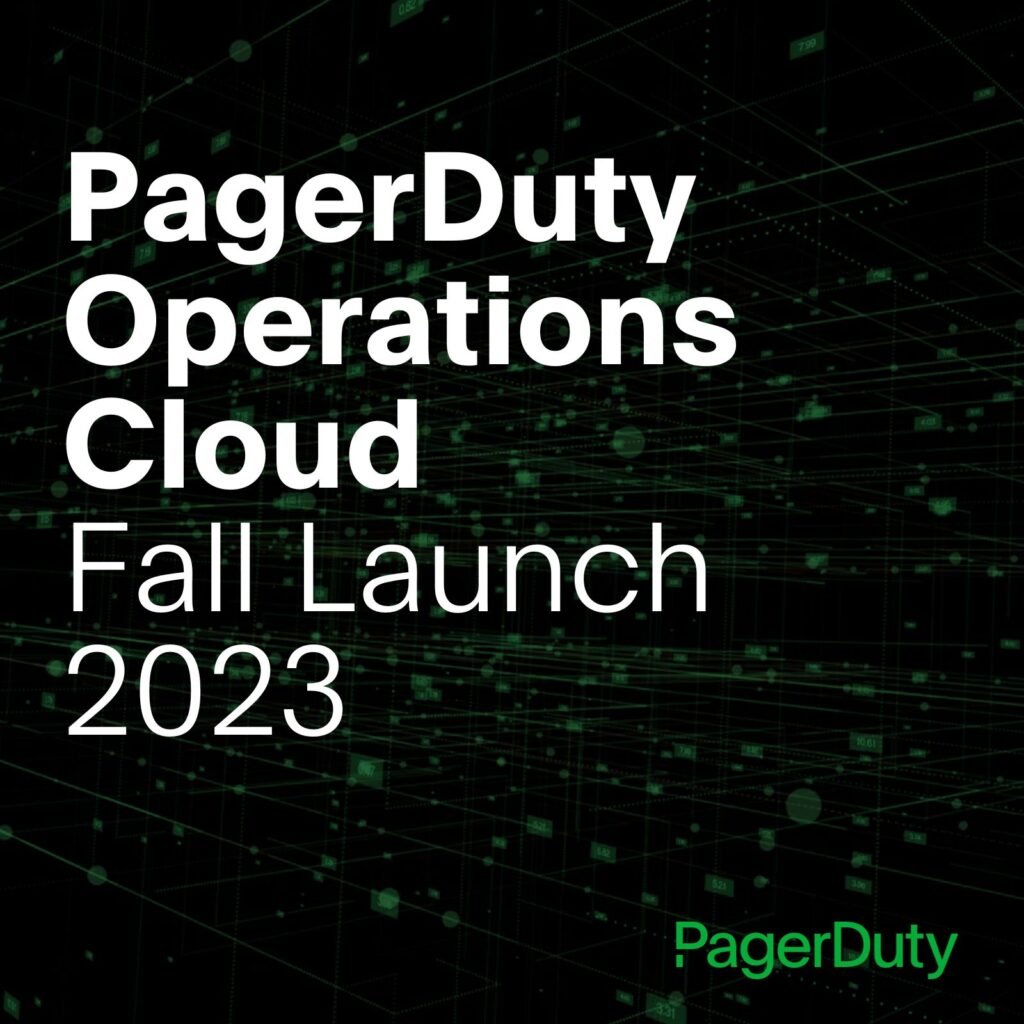- PagerDuty /
- Blog /
- Operations Cloud /
- Do You Still Need an ITSM Platform in 2025?
Blog
Do You Still Need an ITSM Platform in 2025?
The world of IT has undergone a seismic shift over the past two decades. What was once a landscape dominated by physical servers, on-premise data centers, and monolithic applications has transformed into a dynamic ecosystem of cloud-native architectures, microservices, and distributed systems. Yet, many enterprises still rely on traditional IT Service Management (ITSM) tools that were designed for a bygone era. As we enter 2025, it’s time to ask a critical question: Do you still need an ITSM platform in today’s modern IT environment?
The Legacy of ITSM Tools: A Solution for a Different Era
ITSM tools were born in an era when IT systems were largely physical, predictable, and centralized. They were designed to manage hardware, track incidents, and enforce rigid workflows in environments where change was slow and controlled. These tools excelled at ticketing, change management, and service catalogs—functions that were essential for managing physical IT assets and ensuring operational stability.
However, the IT landscape has evolved dramatically. Today’s systems are no longer confined to physical servers or static environments. Instead, they are distributed, ephemeral, and highly dynamic. Cloud computing, containerization, and DevOps practices have redefined how IT teams build, deploy, and manage applications. The traditional ITSM model, with its reliance on static workflows and siloed processes, struggles to keep up with the speed and complexity of modern IT operations.
Why Modern Enterprises Are Moving Away from Classic ITSM Tools
- Inability to Handle Dynamic Environments
Traditional ITSM tools were not designed to manage the complexity of modern, distributed systems. In a world where infrastructure can scale up or down in seconds and microservices communicate across multiple regions, static workflows and manual processes are no longer sufficient. Enterprises need tools that can adapt to the fluid nature of modern IT environments.
- Slow Response Times
The ticketing-based approach of ITSM tools often introduces delays in incident resolution. In today’s always-on world, downtime can have catastrophic consequences for businesses. Modern enterprises require real-time incident response and collaboration, which traditional ITSM tools struggle to provide.
- Siloed Operations
ITSM tools often reinforce silos between IT operations, development, and business teams. This is at odds with the collaborative culture fostered by DevOps and Site Reliability Engineering (SRE) practices. Modern IT teams need solutions that break down these silos and enable seamless communication across teams.
- Lack of Automation and Intelligence
While ITSM tools offer some level of automation, they often fall short when it comes to leveraging AI and machine learning for proactive incident management. Modern enterprises need intelligent solutions that can predict and prevent incidents before they occur, rather than simply reacting to them.
- High Maintenance Costs
Many ITSM platforms are expensive to maintain and require significant customization to meet the needs of modern IT teams. As enterprises look to optimize costs, they are seeking leaner, more efficient solutions that deliver better value.
The Future is Operations Cloud
As enterprises move away from traditional ITSM platforms, they are embracing a new paradigm: Operations Cloud. This approach represents the next generation of IT operations management, designed specifically for the demands of modern, cloud-native environments. Operations Cloud solutions focus on agility, automation, and collaboration, enabling teams to respond to incidents faster and more effectively while maintaining system reliability and delivering exceptional customer experiences.
What Makes Operations Cloud the Future?
- Real-Time Incident Management
Operations Cloud solutions prioritize real-time incident detection, response, and resolution. They integrate seamlessly with monitoring and observability tools to provide instant alerts and actionable insights, ensuring that teams can address issues before they impact customers.
- Collaboration at the Core
Unlike traditional ITSM tools, Operations Cloud solutions enable dynamic collaboration across teams. They provide shared visibility into incidents, allowing IT, development, and business teams to work together seamlessly in real time.
- Automation and AI-Driven Insights
Operations Cloud leverages AI and machine learning to identify patterns, predict incidents, and automate repetitive tasks. This proactive approach reduces manual effort, improves system reliability, and ensures faster resolution times.
- Alignment with DevOps and SRE Practices
Operations Cloud solutions are built to align with modern DevOps and SRE principles. They integrate with CI/CD pipelines, monitoring tools, and cloud platforms, enabling teams to manage the entire lifecycle of applications with ease.
- Customer-Centric Focus
Operations Cloud prioritizes the end-user experience by minimizing downtime and ensuring faster incident resolution. This helps businesses deliver seamless, reliable services to their customers, which is critical in today’s competitive landscape.
Call to Action: Embrace the Future of IT Operations
The shift away from traditional ITSM tools is not just a technological change—it’s a cultural one. It reflects the growing need for agility, collaboration, and customer-centricity in IT operations. As enterprises embrace cloud-native architectures, DevOps practices, and AI-driven automation, they are redefining how IT teams operate and deliver value.
If you’re ready to leave the legacy of ITSM behind and embrace the future of IT operations, it’s time to explore the possibilities of Operations Cloud. Check out PagerDuty Operations Cloud to see how it can transform your IT operations, empower your teams, and help you deliver exceptional customer experiences.
The future of IT management is here—don’t get left behind.

